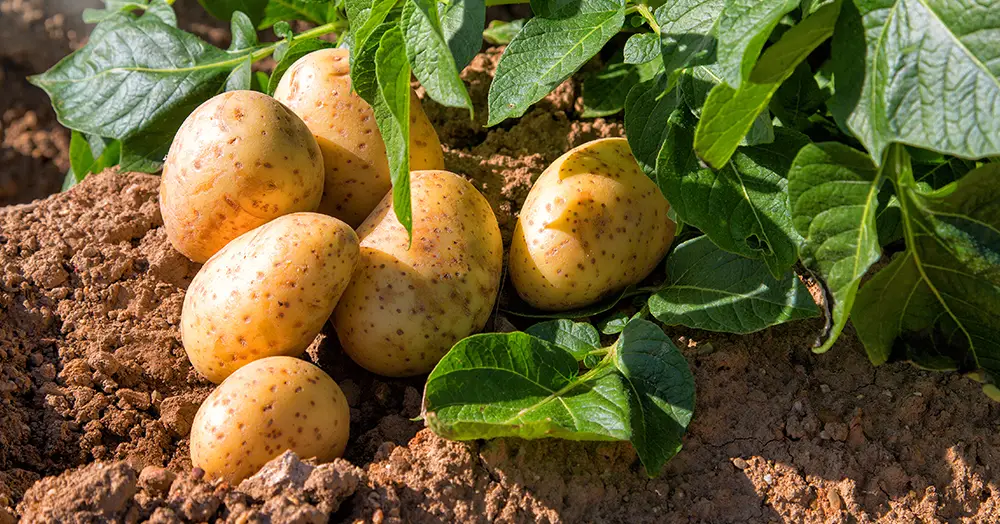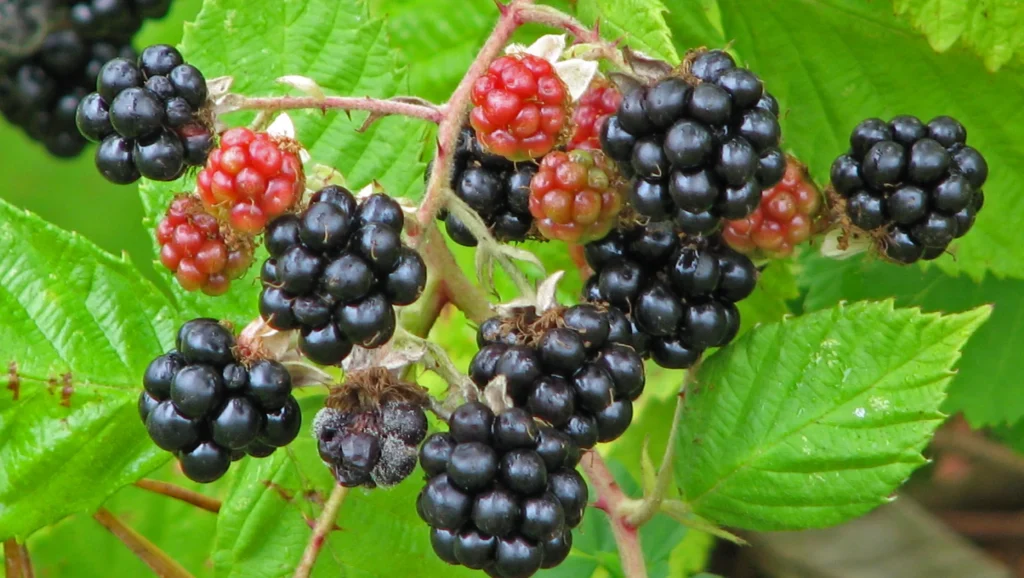If you love kiwis, you might want to try growing them by yourself. Kiwis are not only tasty but they also come with a lot of good things for your body, like vitamins and minerals. You can find kiwis at the store, but it can be fun to grow your own kiwi plants from seeds.
It’s pretty easy to plant kiwi seeds. You just need a few things to start with and some time to wait for them to grow. This guide will tell you everything you need to know about planting kiwi seeds, whether you are new to gardening or you already know a lot about it. Put on your gardening gloves, and let’s start planting.
Table of Contents
- Growing Kiwi Plants: The Good Things About It
- What You Need to Plant Kiwi Seeds
- Extra Things That Help Kiwi Seeds Grow Better
- Why Good Soil Is Important
- Preparing Kiwi Seeds to Plant
- How to Get Kiwi Seeds Ready
- Getting the Kiwi Seeds Ready to Plant
- Tips for Preparing Seeds
- How to Take Care of Kiwi Seeds
- 1. Watering:
- 2. Lighting:
- 3. Heat and Humidity:
- 4. Feeding the Plants:
- 5. Moving the Plants:
- 6. Keeping Plants Healthy:
- Putting Kiwi Plants into New Places
- 1.When to Move:
- 2. Preparing the Ground:
- 3. Picking a Pot:
- 4. Moving Day:
- 5. Caring for Your Plant:
- Frequently Asked Questions
- Can I grow kiwi plants from seeds?
- How long does it take for kiwi seeds to germinate?
- What type of soil do kiwi plants need?
- When is the best time to plant kiwi seeds?
- How often should I water my kiwi seeds?
- How much sun do kiwi plants need?
- Can kiwi plants grow in containers?
- How do I transplant kiwi seedlings?
- Do kiwi plants need support to grow?
- How long does it take for kiwi plants to bear fruit?
Growing Kiwi Plants: The Good Things About It
There are lots of good things about growing your own kiwi plants, for example:
- Fresh and Healthy Kiwis: When you grow kiwis yourself, you can eat fruit that doesn’t have any bad chemicals or pesticides. Kiwis have lots of good stuff like vitamins, minerals, fiber, and things that are good for your health.
- Helps the Planet: Growing your food is good for the environment. It means you’re not contributing to a lot of pollution. Kiwi plants can live and make fruit for many years, so they’re a good choice for your garden.
- Beautiful Plants: Kiwi plants have nice, green leaves and look good in your yard or inside your house. They grow like vines, which is pretty cool to see.
- Not Hard to Grow: Kiwi plants usually don’t need a lot of special care once they start growing. If you take good care of them, you can get a lot of kiwis.
- Saves You Money: Kiwis can be expensive to buy, especially if you want ones that are organic or special types.
When you have your kiwi plants, you can enjoy fresh kiwis without spending a lot of money at the store.
What You Need to Plant Kiwi Seeds
To start growing kiwi from seeds, you’ll need:
- Kiwi Seeds: You can get kiwi seeds at a garden store or online, or even get them from a kiwi you eat. But the seeds from a store might grow better.
- Good Soil: The soil should let water through easily and have a lot of nutrients to help the kiwi seeds grow well.
- Pots: Use pots with holes at the bottom. This stops water from collecting and hurting the roots. You can use any pots you like, as long as they let the water out.
- Water: You’ll need to water your kiwi seeds to help them grow, so have water ready.
Extra Things That Help Kiwi Seeds Grow Better
These things are not needed, but they can help your kiwi seeds grow faster and better:
- Heat Mat: This keeps the soil warm, which is good for making seeds start to grow.
- Grow Lights: If you’re growing seeds inside and you don’t have enough sun, these lights can help.
- Humidity Dome: This covers your seeds and keeps the air moist, which is good for making seeds grow.
Why Good Soil Is Important
Using high-quality soil is very important when growing kiwi seeds. Find soil that lets water drain well and has lots of nutrients. This will help your kiwi seeds become strong and healthy plants.
Don’t use soil from the garden because it might be too heavy or have bugs or diseases. The soil should also be clean and not have weeds or trash in it.
Preparing Kiwi Seeds to Plant
How to Get Kiwi Seeds Ready
- Pick a kiwi that is really ripe. It should feel soft and smell nice.
- Use a knife to cut the kiwi in half.
- Use a spoon to get the seeds and the juicy part around them out of the kiwi.
- Wash the seeds in water to get rid of any leftover kiwi parts.
Getting the Kiwi Seeds Ready to Plant
- Soak the seeds: Let the seeds sit in water for a whole day. This will help them get ready to grow.
- Dry the seeds: Take the seeds out of the water and let them dry on a paper towel. Don’t let them touch or they might stick to each other.
- Make seeds think it’s winter (optional): If it gets really cold where you live, you can put your seeds in a bag with something wet like vermiculite or peat moss. Then put the bag in the fridge for about 1 to 2 months. This tricks the seeds into thinking they went through winter, which they sometimes need to start growing.
- Check if seeds are good: Before you plant them, you can see if the seeds are going to grow by putting some in a wet paper towel and inside a bag. Check after a few weeks to see if they are starting to grow.
Tips for Preparing Seeds
- Choose the freshest kiwi fruit: Seeds from a fresh kiwi are more likely to grow than seeds from an older kiwi.
- Be gentle with seeds: Kiwi seeds are tiny and easy to hurt, so touch them gently.
- Avoid using dried seeds: Dried kiwi seeds usually don’t sprout, so try to use seeds that are fresh.
- Plant seeds quickly: Kiwi seeds don’t stay good for very long, so plant them fast after taking them out of the fruit.
When you follow these steps, you’re all set to plant kiwi seeds well. Give your seeds the right soil, light, and water they need to sprout and grow strong.
How to Take Care of Kiwi Seeds
After planting your kiwi seeds, you need to look after them properly so they can sprout and turn into plants.
Here are some tips for taking care of kiwi seeds:
1. Watering:
- Keep the soil damp but not soaking wet: Water your kiwi seeds often but make sure the soil is not too wet, as this could cause the roots to rot.
- Water from the bottom: It’s better to water the soil from below to keep water from gathering on top, which makes sure all the roots get wet.
- Keep water off the leaves: Kiwi seeds can get sick from fungus if their leaves get wet, so try not to splash the leaves with water.
2. Lighting:
- Give them a lot of light: Kiwi seeds need a lot of light to become strong plants. If you grow them inside, they should get at least 12-14 hours of light every day.
- Use lights for growing: If there isn’t enough sunlight, you can use special lights called grow lights. Put the lights 6-12 inches above the little plants.
3. Heat and Humidity:
- Keep the air warm and damp: Kiwi seeds need it to be warm—between 70-80°F—and they like the air to be about 80% water vapor to sprout and grow.
- Use a clear cover: If you plant them indoors, putting a clear dome overhead can keep the air around the seeds moist and help them sprout.
- Avoid places with windy air or sudden temperature changes: These can bother the small plants and make them weak.
4. Feeding the Plants:
- Wait before adding food: Do not add plant food until the small kiwi plants have real leaves, not just the first little ones they pop out with.
- Use a balanced feed: Find plant food that has equal parts of three important nutrients: nitrogen, phosphorus, and potassium.
- Mix the feed with water: Use only half the amount of feed the instructions say, mix it with water, and then pour it around the baby plants.
5. Moving the Plants:
- Wait for the right size: Let your kiwi plants grow until they are 6-8 inches tall with several real leaves before you move them to a new place.
- Move them into bigger homes: Put your plants into larger pots that let water out easily.
- Touch them gently: When moving the plants, hold them by their leaves so you don’t break their stems.
6. Keeping Plants Healthy:
- Keep your plants clean: Pick up any fallen leaves or trash from the pot to stop the plants from getting sick.
- Fight bugs with neem oil: If you see bugs on your plants, you can use a special oil called neem oil to get rid of them.
- Stop fungi from growing: To keep your plants from getting fungus, use soil that drains well and be careful not to get the leaves wet.
Putting Kiwi Plants into New Places
Moving kiwi plants to new places is a key step. It helps the plants get ready to grow in your garden or in a bigger pot and makes sure they have enough space to spread their roots.
1.When to Move:
- Wait for the right size: Make sure your kiwi plants are 6-8 inches tall with lots of real leaves before you move them.
- Pick a good time: The best time to move kiwi plants outside is in the springtime after it’s not too cold anymore.
2. Preparing the Ground:
- Use soil that drains well: Kiwi plants don’t like to have wet feet, so the soil should let water run through it.
- Add nutrients to the soil: If your dirt is tough or clumpy, mix in some compost or old animal poo to help water move and give the plants food.
- Check the soil’s acidity: Kiwi plants like it when the ground is not too sour or too bland, with a pH between 5.5 and 6.5.
3. Picking a Pot:
- Find a pot that lets water out: If you aren’t putting your plants in the ground, pick a pot with holes in the bottom so water doesn’t get stuck inside.
- Get a big enough pot: Kiwis grow fast and need room for their roots, so get a pot that’s 12-18 inches deep and wide.
4. Moving Day:
- Give them a good drink: Before you move the plants, water them until the soil is nicely wet.
5. Caring for Your Plant:
- Providing Support: Kiwi plants like to climb, so they need something to grow on. Put up a trellis, a pole, or other support near your plant to help guide its growth.
- Keeping Soil Moist: Check the soil frequently to make sure it is neither too dry nor too wet. Water the plant when needed, but be cautious not to overdo it.
- Fertilizing: Suitable fertilization is key for kiwi plants. Every four to six weeks, use a good balanced fertilizer to help your plant grow strong and yield tasty fruit.
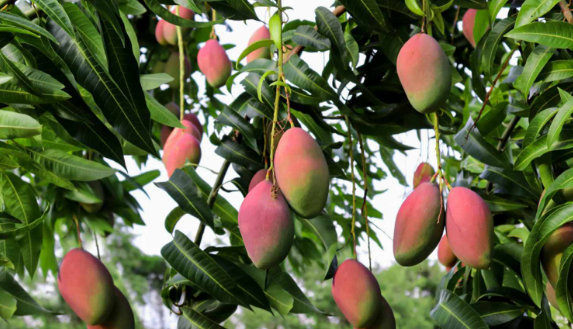
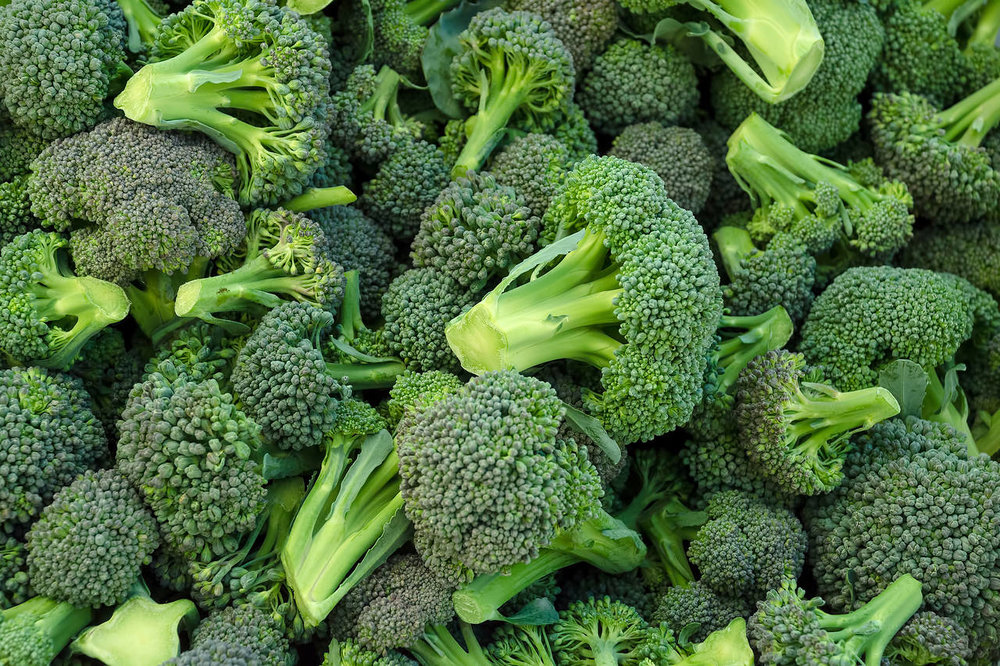
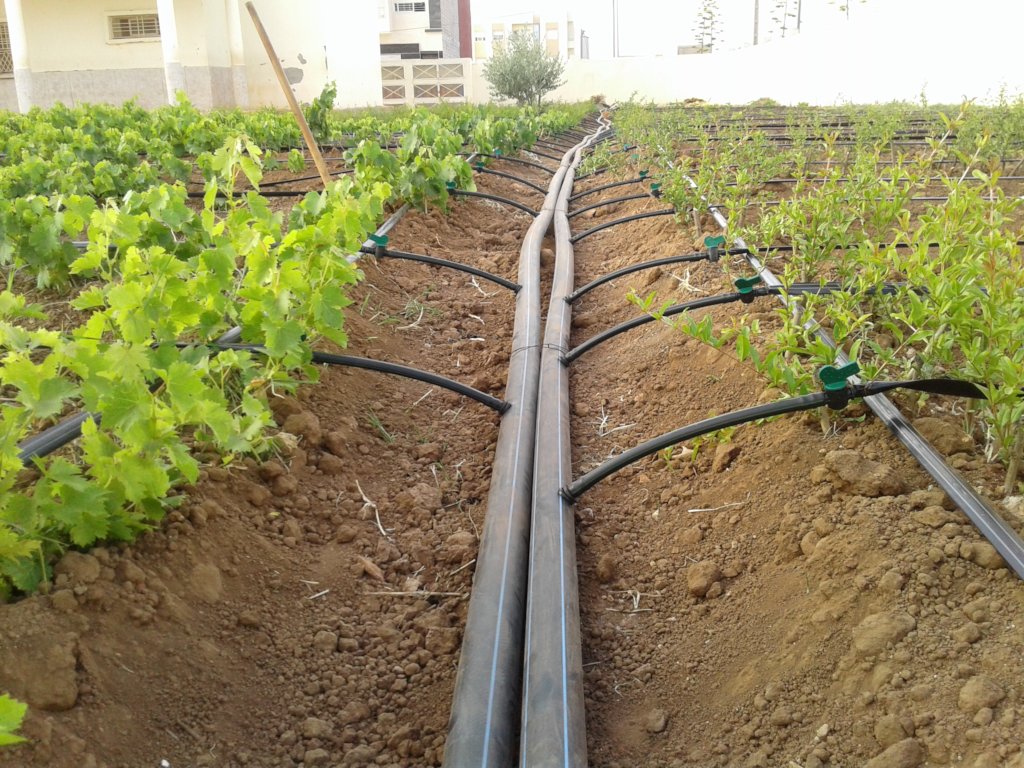


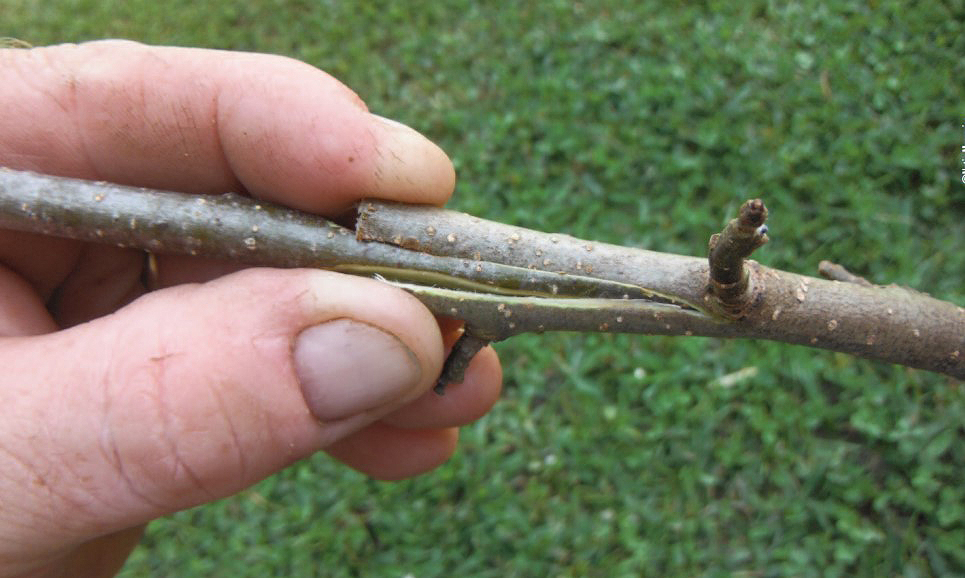
![What Kind Of Fruits Grow On Palm Trees? [10 Most Common Ones]](https://fruitonix.com/wp-content/uploads/2023/08/image-126-1024x683.png)
